I’ve been using the LG V30 for a little under a week now and I can finally share some of my initial thoughts and impressions. I reviewed both the LG V10 and LG V20, so I’m very familiar with the V series. However, that experience doesn’t really help with the V30. This is a completely new approach from LG and so far I’m liking it a lot.
When I held my pre-retail V30 for the first time I was struck by how great it felt. The first thing I did was grab my LG G6 for a size comparison because the V30 was not nearly as big as I expected. The V30 is also surprisingly lightweight. Even though it’s slightly bigger than the G6, it feels lighter. Light phones usually feel cheap, but that’s not the case at all for the V30.
Previous V phones were big and bulky, but the V30 is much more refined. The glass on the front and back slightly wraps around the edges to meet the metal frame. It’s like LG sent the G6 to a jeweler and had them soften all the sharp edges and polish it like a fine piece of jewelry.
FullVision Display
The V30 has the FullVision display that was first introduced on the G6. LG managed to make the bezels even smaller on the V30, but it has the same 18:9 aspect ratio. I’m a big fan of the aspect ratio. It puts the software buttons in the same spot as hardware buttons so you don’t feel like you’re wasting screen real estate.
One of my small gripes with LG phones in the past has been the LCD displays. Some people prefer LCD, but I’m an AMOLED man. The V30 has a gorgeous 6-inch 1440 x 2880 AMOLED display. Maybe it’s because I haven’t used an AMOLED device in a while, but I can’t get over how great this display looks. The small bezels, tall aspect ratio, great colors, and super deep blacks have me hooked.
Floating Bar
Speaking of the display, there’s only one this time. LG has ditched the Second Screen in favor of a new “Floating Bar” feature. I was never a fan of the Second Screen. It seemed like a pointless gimmick that took up space and made the phone unnecessarily large. The Floating Bar takes the same idea as the Second Screen and turns it into a floating widget.
The Floating Bar is tucked away in a little tab on the edge of the screen. You can drag it anywhere you want. When you tap the tab the bar slides out with a bunch of different shortcuts. You can have shortcuts for screen capture options, media controls, quick contacts, and app shortcuts. I’ve found it about as useful as the Second Screen, but it’s much easier to hide if you don’t like it.
Camera
LG has included dual cameras in the V30 again. One thing I really like about the cameras this time is the physical design. The V20 had the flash, dual cameras, and laser autofocus jammed into a module that protruded quite a bit. It’s much more subtle on the V30 and doesn’t stick out much at all.
The cameras still look great and the wide-angle lens is still really handy. LG has a new video feature called Cine Video that can add color grading presets and perform jitter-free zoom with Point Zoom. LG’s cameras are very underrated in the Android world. The V30 looks like it could be as good as anything else out there.
More to Come
As mentioned above, the device I have is a pre-retail version of the V30. There’s still a lot to dive into, but we’ll have to wait for the final version before we can do a full review. It’s still early, but the LG V30 is as close to a perfect phone that I’ve ever seen. In the meantime, tell us what you’d like to know about the V30! That will help us out when we have the final version in our hands. What do you think of the LG V30 so far? Join the LG V30 forum to join the conversation.

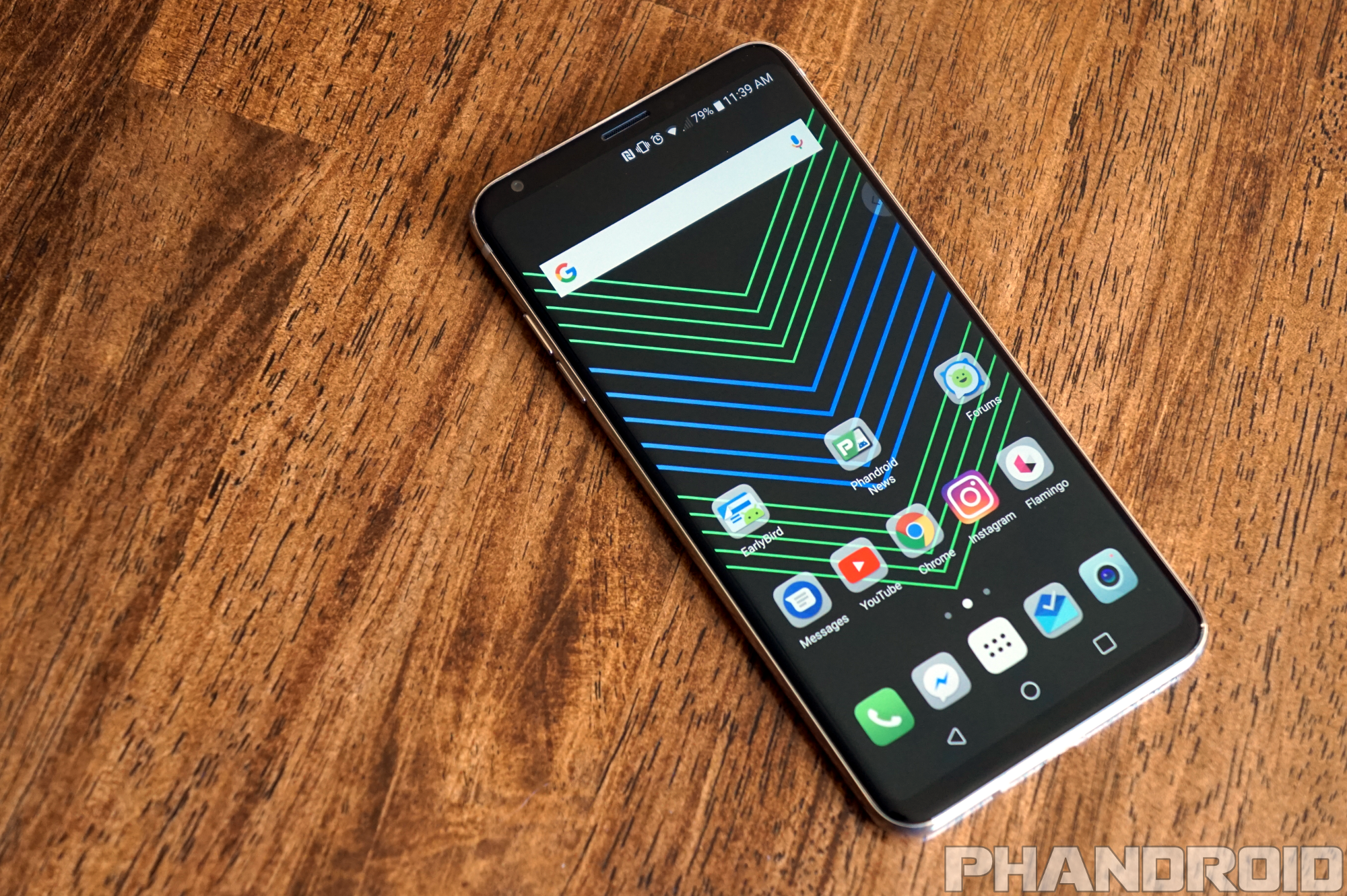

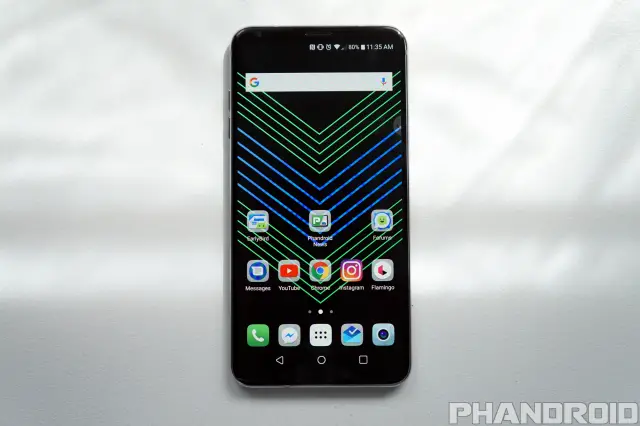
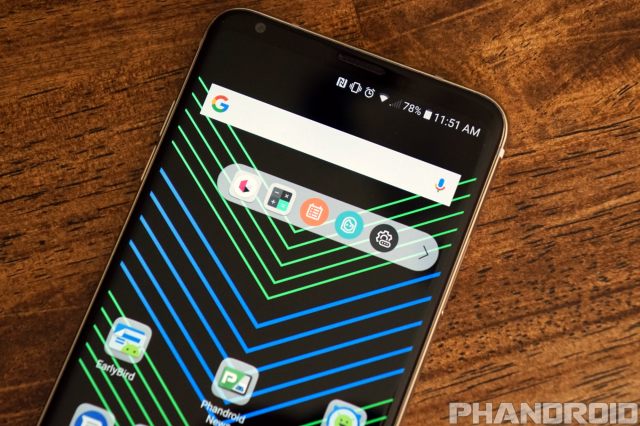

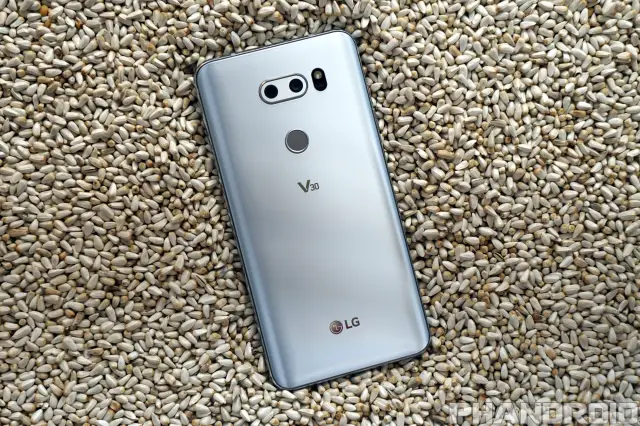


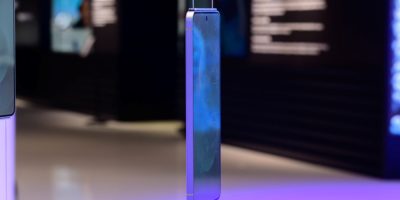
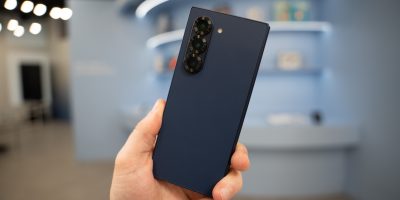




Comments